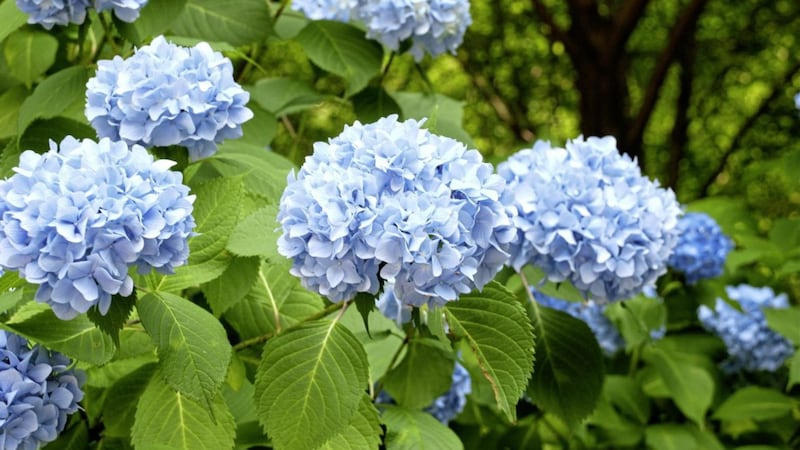JOSEPH of Arimathea, Jesus's great-uncle, is said to have travelled to Glastonbury in the first century AD, whereupon he thrust his staff into the ground on the landmark Wearyall Hill.
According to legend, the staff grew into a tree which has since become known as the Glastonbury Thorn, a propagated variety of hawthorn that is unique in that it flowers twice a year, once as normal in spring and once on new wood in the winter.
This generation of a new tree from an off-cut at Glastonbury isn’t, as far as I’m aware, classified as a miracle but it is an instance of nature working its magic – and not as far fetched as it sounds.
New trees and shrubs can of course be created from cuttings in a process that I find magical, if not miraculous.
Take a section of healthy branch, place it in a growing medium, wait a few months, and hey presto – you have a whole new tree or shrub. It’s called vegetative propagation and is as old as gardening itself – or dates back at least to the first century AD.
Only a matter of weeks ago, while out on a walk, I discreetly snapped a small branch from a (feral) lace-cap hydrangea, brought it home and cut it into smaller sections, placing three at a time in pots of a sand-rich compost. Already they have struck – ie rooted – and will be ready for potting on in the spring.
Other cuttings taken over the summer that have also struck include Sambucus nigra (the red-leaved elder), Lonicera (honeysuckle), Buddleja davidii ‘Black Knight’, the butterfly bush variety with deep blue flowers, and more than a dozen Olearia traversii for replacing sections of an ageing hedge.
Earlier in the year, we would’ve taken soft wood cuttings and then semi-ripe but now with the growing season complete, it’s the time for taking hard wood cuttings.
These type of cuttings are best for evergreen and deciduous trees, climbers and shrubs, so if you’re planning a woodland, a hedge or a fruit garden, this is a cheap and easy way to augment your stock.
When taking your cuttings, use clean, sharp secateurs and select a healthy, vigorous branch before cutting a woody stem of about 30 cm from the current year's growth, making a straight cut below a leaf joint and a sloping cut at the top above a bud – this ensures you don't put the cutting in upside down. Remove any large leaves and side-shoots from the stem and trim the cuttings to about 20cm for large trees and shrubs, or to about 8cm for smaller specimens.
The growing medium should have plenty of grit, perlite and sharp sand. Loam and garden compost tend to encourage weeds, which will soon out compete the young cuttings.
A rooting compound in powder or gel form is optional, as debate still rages over their efficacy. I have some that’s probably a decade old but it’s unlikely I’ll buy it again once I’ve run out.
Gardeners’ World presenter Monty Don, for one, isn’t an advocate, having conducted his own empirical research some years ago and concluded that that rooting compounds are a waste of time and money. Better instead to focus on providing the optimum temperature, light, humidity and medium for growth.
That said, you needn’t necessarily opt for a commercial rooting compound, as there are a number of natural alternatives, such as honey and willow water, which contain the necessary hormones to stimulate new growth.
There’s no record of what sort of rooting compound Joseph of Arimathea used.








